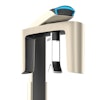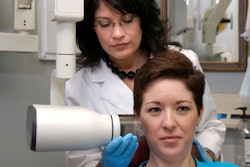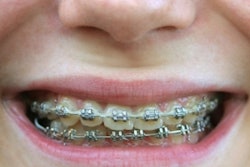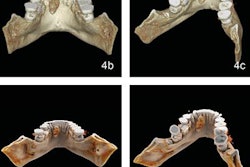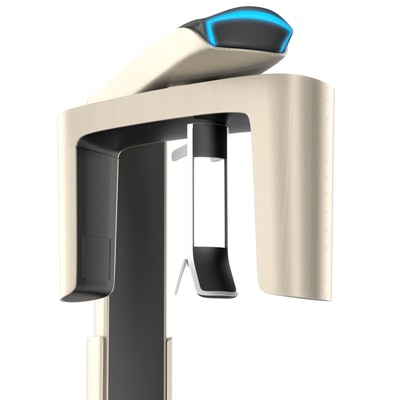
As cone-beam CT (CBCT) use increases in pediatric patients, understanding the amount of radiation received in dental and maxillofacial exams is crucial. Researchers measured dose in 22 areas and found that the salivary glands and oral mucosa had the highest measured radiation levels.
Multiple studies have shown there is a large variability in the radiation dose values of CBCT scans, especially for children. The researchers from Belgium wanted to measure the radiation dose to specific parts of the mouth and analyze risk for the most common protocols in pediatric CBCT exams (European Radiology, July 1, 2019).
They simulated five commercially available scanners and created head-and-neck models, each consisting of 22 segmented organs. The scanners were as follows:
- 3D Accuitomo 170 (J. Morita)
- CS 9300 (Carestream Dental)
- NewTom VGi evo (NewTom)
- NewTom 5G (NewTom)
- ProMax 3D Max (Planmeca)
The researchers determined organ radiation dose as well as lifetime attributable risk (LAR) for cancer incidence for patients ages 5 to 14 years. Protocols consisted of cleft palate, sinus, temporal bone, dentomaxillofacial complex, central upper and lower incisors, upper and lower jaws, upper and lower premolars, and face and skull imaging.
The salivary glands received the most radiation, followed by the oral mucosa. Central upper incisor protocols showed the lowest LAR while scans of the skull showed the highest. Overall, girls had higher LAR values than boys.
The authors listed no study limitations but frequently noted that this was a simulation study.
They concluded that this simulation allowed them to conduct detailed radiation organ dose and risk analyses for the most common protocols in pediatric dental and maxillofacial CBCT imaging.
"This work provides an extensive dose assessment guide for five dental CBCTs, enabling detailed dose assessment for every pediatric patient," the authors stated, led by Andreas Stratis, PhD, from the department of radiology at University Hospitals Leuven.


